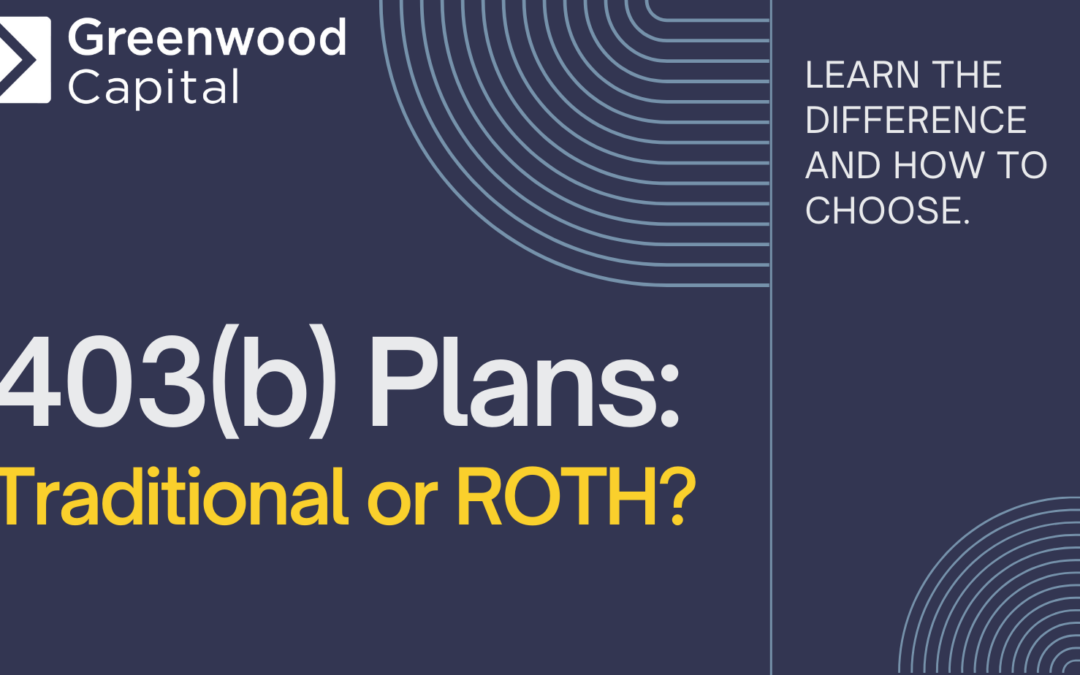In planning for retirement, there are so many factors you can’t control. One thing that you can influence is How Much You Save. In our last article on retirement savings, we outlined the basics of retirement accounts and how much to start saving. After your retirement accounts have been set up, deciding how you want to invest those assets is imperative.
This is part two of our series on Retirement Savings: Determine Allocation.
If you missed part one, click here!
To determine your asset allocation, decide how much you’ll put into various types of investments and become familiar with those specific investments and products that can play a role in your overall investment strategy.
When you retire, you transition from accumulating savings to distributing those funds. Your financial plan will need to account for how your assets are invested during these different phases. Generally, during your accumulation years, your accounts will be invested in long-term growth. By using more aggressive asset allocation, you may be able to achieve better returns while you have the time to wait out lower dips in the market.
However, once you begin taking distributions, it is important to adjust your allocation so that you are providing a stable income. Work with a financial advisor to set up your Allocation Plan to meet your lifestyle needs without the risk of either losing your portfolio to volatility or running out of income if your portfolio cannot keep pace with inflation. These decisions are especially important in the first years of your retirement when there is the highest risk of jeopardizing future returns by either market fluctuations or excessive spending.
What Does an Allocation Plan Look Like?
It should consider your personal risk tolerance, anticipated life expectancy, and preferred lifestyle in order to meet the following goals.
Provide Income
Your retirement savings should provide you with the income you live off after you stop receiving a regular paycheck.
Minimize Asset Volatility
You need to have both a reliable current income and the ability to provide income in the future.
Maximize the Likelihood that Savings will Last
Running out of funds is a worst-case scenario for a retirement portfolio.
Keep Pace with Inflation
This is a major reason not to hold your portfolio entirely in cash or cash-like investments. Your retirement savings will need to maintain purchasing power over time.

How Much Should You be Saving?
All investing involves risk. The nature of the stock market and other securities is that there is always the chance of loss of principle. Past performance is never indicative of future results. A well-balanced portfolio is one way to decrease, but not eliminate, this risk.
Some popular investment vehicles include:
Stocks & Equities (dividend paying and otherwise)
Bonds and Bond Funds
Mutual Funds and ETFs
Your investment portfolio should be a mixture of higher and lower-risk securities. During the accumulation phase, the balance will be more aggressive and will transition to more conservative investments as the accounts approach distribution.
Just like risk tolerance and savings goals, your asset allocation is a personal decision. Working with a financial advisor can enable your investments to grow according to how you want your money invested.
Did you miss Part 1? Before you decide how to allocate your funds, it is important to understand what type of accounts are best for you. It is also important to establish savings goals. Read more about how to Start with Strategy here.
Greenwood Capital is an SEC registered investment advisory firm. This material has been prepared for information purposes only, and is not intended to provide, and should not be relied on solely for tax, legal or accounting advice. The information contained within has been obtained from sources believed to be reliable but cannot be guaranteed for accuracy. The opinions expressed are subject to change from time to time and do not constitute a recommendation to purchase or sell any security nor to engage in any particular investment strategy. Investment Advisory Services are offered through Greenwood Capital Associates, LLC, an SEC-registered investment advisor.








